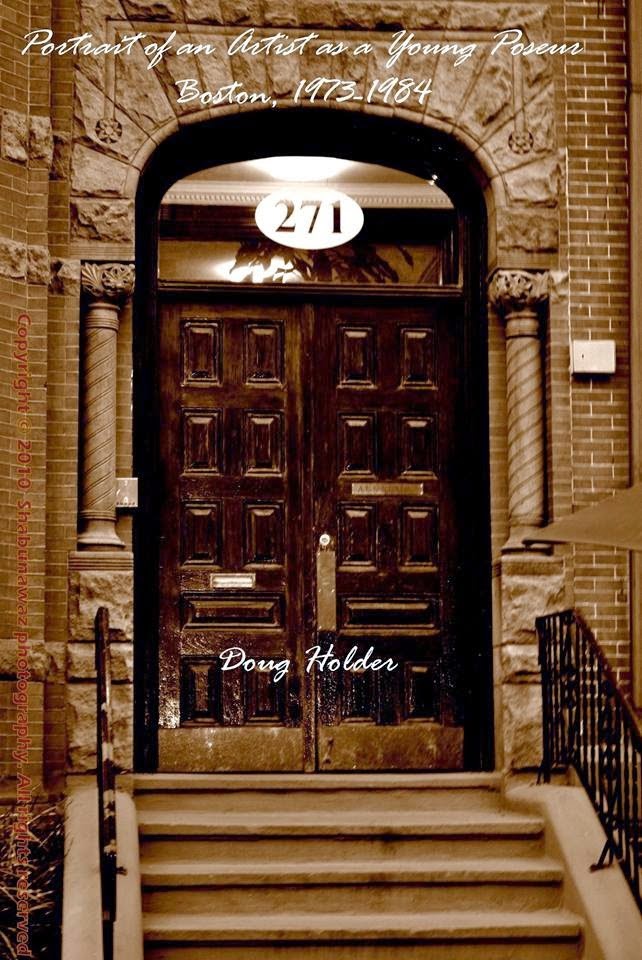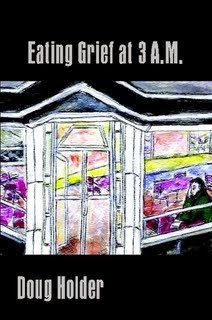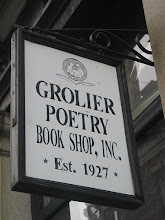 |
| Scene from " Black Mass" |
Film Review of Black Mass
William Falcetano
Watching this film was a unedifying experience, though I think that was the director's purpose – not to glamorize, but to cast a cold light on crime, brutality, venality.
The actor who played John Connolly – Joel Edgerton – almost stole the show from Johnny Depp. His performance was nothing short of amazing; he captured the swagger and the arrogance of the real John Connolly – as well as the look, the hair, the suits. At the core of this sad story is the star-struck hero-worship Connolly has for Jim Bulger (a boyhood friend from the Old Harbor Village projects of South Boston).
Edgerton shows us not only Connolly’s admiration for the Irish-American mobster (tinged by a bit of tribal rivalry against the “damned dagos” running the mafia in the North End), but also his venality: “I can help you and you can help me”, he says in his pitch to Bulger when they first meet on a lonely pier overlooking Boston Harbor. Later they drink a toast to “success”: two Southie boys, “project rats”, make it big.
They all had “The Look” of their real-life originals, even the strange but mesmerizing face of Jesse Plemons captured something of Keven Weeks, a professional pugilist and Bulger’s feared driver and bodyguard. The unflattering banlon shirts, the state trooper sunglasses, the cowboy boots – these were all copied faithfully from their real-life originals like a Dutch master painting. The accents too passed muster by my ear.
Benedict Cumberbatch played a sly, deft, and clever William “Billy” Bulger, just as decisive and just as cold and tough as his brother. Again, few liberties were taken; it was a spare performance but all the more effective due to the economy of word, action, movement.
Depp's portrayal of Bulger was nothing short of a masterpiece of acting. Icy, menacing, tightly coiled violence, yet undeniably charming, but in a deeply unsettling way. It might prove to be the highpoint in his brilliant career so far.
They were all believable – even Kevin Bacon, who manages to get into all of these movies (he was in The Departed, and Mystic River). He had the gray-on-gray look of the slouch-shouldered, overworked government bureaucrat just trying to get the job done but finding himself outfoxed by a Southie boy who played the game by his own rule book. All the FBI scenes take place in a brutalist concrete maze of offices and hallways lit by the harsh glare of florescent lights, while the Winter Hill gang is embedded in smoky pubs and triple deckers, hemmed in by claustrophobic, narrow hallways.
Of course the dinner table scene in which John Morris gives up the family secret recipe was stolen from the famous Goodfellas original, in which Joe Pesci asks Ray Liotta “How am I funny?” Even the killing of John Callahan in Florida steals from the scene in Goodfellas where the camera moves in slowly on the innocent-looking Cadillac in the early morning light only to reveal the dead body inside.
The whole movie was like a Dutch masterpiece – a brilliant copy of an Italian Renaissance original – but clearly in its own distinctive hand and subdued style. The director, Scott Cooper, has been credited with making an "elegantly understated" crime drama. I agree. The documentary style was justified by the fact that this was not a fictionalization of the Winter Hill gang, as previous movies had been, but a dramatic depiction of real events that were known to have happened, down to the nap Bulger took after he strangled Deborah Hussey, the girlfriend of his confederate Steven “the Rifleman” Flemmi – who stands by helpless to watch his partner in crime ring the life out of her. Then he’s told to bury her in the basement. Everything in this movie was carefully lifted out of the public record and was served up without much embellishment. It was as if the director had said: Just the facts will do – the facts will tell the story; you can't "improve" on them, so let them speak for themselves.
The film also managed to capture the US versus THEM (South Boston vs. "Cambridge") dynamic in the thinking of John Connolly and the brothers Bulger – the Southie boys. That "townie" attitude, which was so in evidence in the busing fiasco of the 1970s, still managed to fuel the Bulger story from the 1970s into the 1990s. It’s as if it were the price – a price – Boston had to pay for its long history of discrimination against, and ghettoization of, Irish Catholics (and no one paid that price more than the Irish-American communities in places like South Boston, Charlestown, and Somerville).
Finally what about the actress with the improbable yet beguiling name Juno Temple? Wasn't she channeling Marisa Tomei from My Cousin Vinny? And the other women – all brilliant, including the actress who played Ma Bulger – but all had minor roles in what was essentially a movie about men and their misdeeds. Women’s roles range from mother (Erica McDermott) to wife (Julianne Nicholson as Connolly’s wife Marianne) to mistress (Dakota Johnson plays Lyndsey Cry, Bulger’s mistress and mother of his son) to whore (Juno Temple). All of these performances were strong to excellent, as were those of all the male supporting and minor roles.
There were inevitable omissions – but these are not critical; the violence was graphic but not dwelled upon (as other directors have done in previous efforts to treat the same material). The criticism of Jay Carney, James Bulger’s brilliant defense attorney, that the movie failed to tell the story of the widespread corruption of the FBI (there being many more people on the payroll than the two miscreants who had speaking parts in the movie – John Connolly and John Morris) is allayed somewhat by a brief reference to all the many people who had to be paid off to keep things running smoothly as thick wads of twenty-dollar bills are run through counting-machines and stuffed into envelopes. This is the closest Scott Cooper gets to explaining why these terrible things happened. Instead he opts merely to show us how they happened, and leaves the deeper question of the ultimate cause of such abominable evil an unsolved mystery.
**** William Falcetano holds a PhD in Philosophy from Boston University. He has taught at Curry College, Endicott College, Merrimack College and elsewhere. He is a member of the literary group the " Bagel Bards" in Somerville, Masas

















